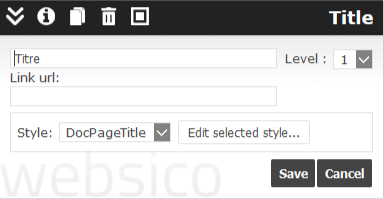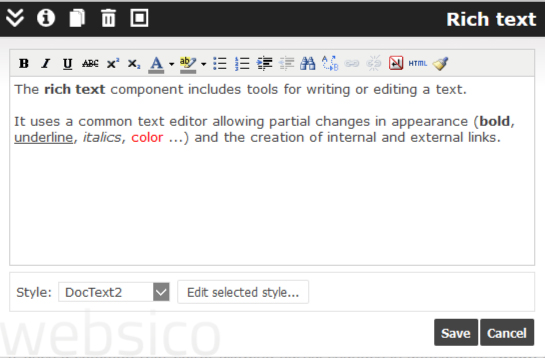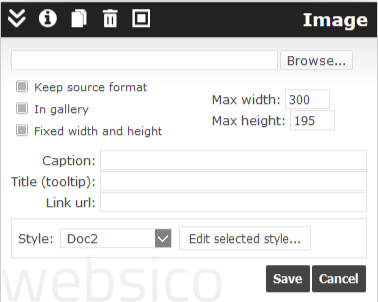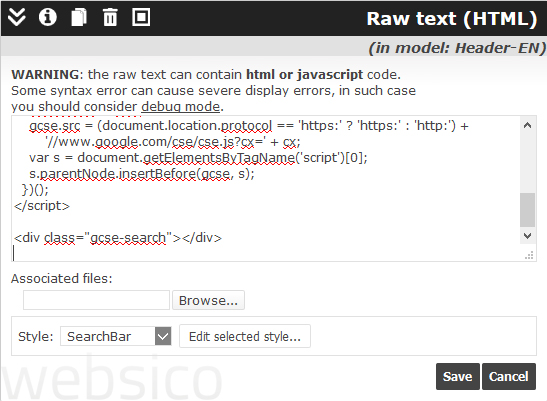RSS feed, news
An RSS feed can be produced by any page of a Websico website, without any special intervention on the pages of the site. It is enough to access the page by its url, to which we add an argument (?output = rss).
A second argument can be added to limit the size of the texts produced (default is 200 characters).
http://monsite/actualités.html?output = rss&ItemDescriptionLength=100
Another argument can be added to fix the article image width (default is 150px).
http://monsite/actualités.html?output = rss&ImageWidth=50%
Nevertheless, some conventions regulate the production of such a flow:
- Each page that has no descendants in the site map is declared to be an article which is summarized in the corresponding item.
- A page that has descendants is a category.
- In the case of multi-level categories, the intermediate categories are not inserted in the flow, only the articles (pages without descendants) are listed.
- Items are produced in reverse chronological order of their last modification.
- According to the mode (visitor, publisher ...) one sees only the articles published and / or in draft.
- For each item, as well as for the flow channel (requested page)
- The title is, by order of existence, the first level 1 title in the content of the article page, the title of the page (in its properties), the name of the article page, otherwise its url.
- The description is made of the first image in the content of the article page, followed by the truncated first rich text, or its description (in its properties) if no text is found.
- Pictures, titles or texts contained in models are ignored to avoid, for example, multiple items with the same title that would be in a header.
By combining the use of the rss reader with this capacity, you can therefore include in a page a list of news from its own site.
Examples
- In the browser:
http://help.websico.net?output=rss
http://help.websico.net/man_wscomponent.html?output=rss - In the rss reader :


















